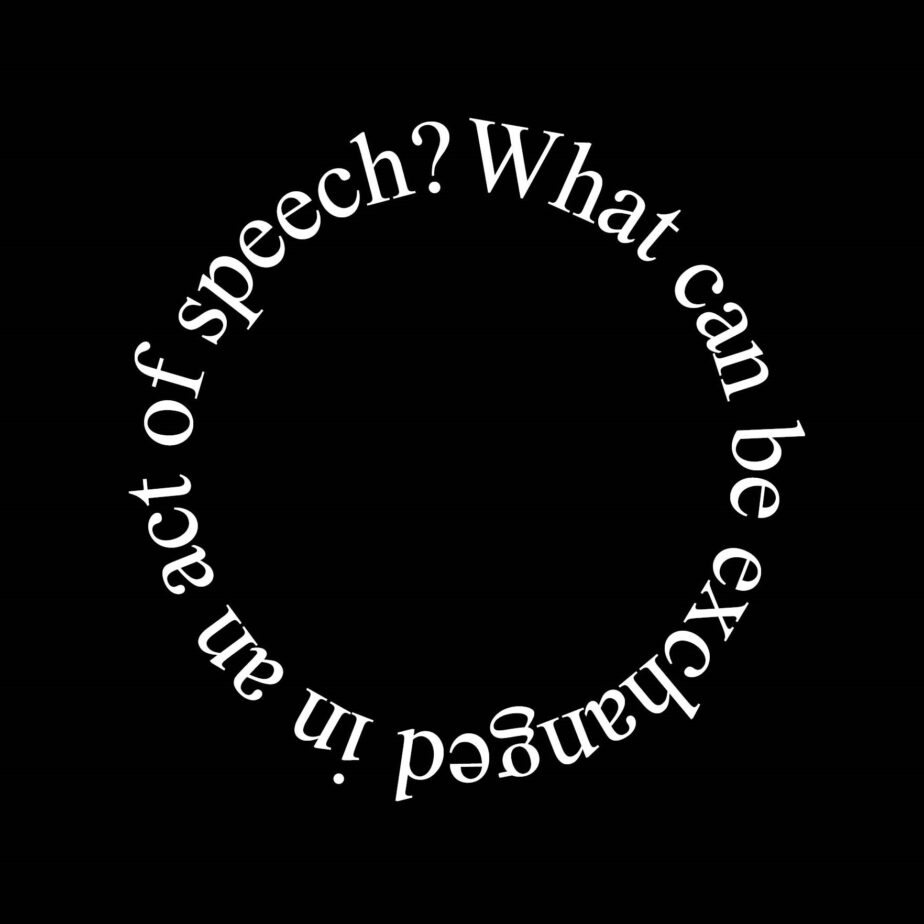
naakita f.k.
A Common Babble
04.12–05.11.2024
04.12–05.11.2024

Babbles, tweets, cooings, peeps, and whistles are all, by definition, sounds common to humans and birds.
We share many traits with feathered creatures. Studies have notably demonstrated a similar phenomenon of generational teachings. Not only do songbirds learn to sing through mechanisms akin to speech transmission, but it has also been determined that they present unique vocal characteristics within family lineages, much like us. Culturally, humans have always been drawn to the musicality of birds. The desire to replicate or record songbirds has inspired the very creation of many instruments, music scores, and recording technologies. On another note, birdwatching has often served as a barometer for environmental conditions. For example, researchers have reported physical and behavioural changes in birds in areas altered by humans, such as cities, or in response to global warming.
A Common Babble thus explores the interrelationships — shared environments, common songs, mutual influences — between human and avian species. With this work, naakita f.k. continues to delve into language, oral tradition and ancestral narratives. Using field recordings, eco-acoustics1 and translations of bird songs studied and interpreted by vocalists, the artist invites us to listen closely, and leads us to a heightened awareness of our surroundings. The audio track sharpens our sensory perception, drawing us in with its soothing background and holding our attention with its quirky sounds spread out.
While the virtuosity of the voices shines through, they tend nonetheless to stray from human vocal norms, giving way to play and exploration, and crossing over at times into the animal kingdom. The peculiar coos, cries, scats, and utterances of the vocalists seem to create a form of dialogue with the gentle bird chirps in the background. This circularity between humans and birds, suggested by the loop of the audio track, with no apparent beginning or end, extends to the visual structure that underpins the work. Our body becomes imbued by the correlation. As we listen to the sounds, we can read in front of our eyes, literally written in a circle: “What can be exchanged in an act of speech?”
A possible answer to this question lies in the concept of reciprocity raised by the work: between humans and birds, and between speaking and listening. At a time of unprecedented climate and political crises, perhaps listening would be the most fitting response to reassess our impact on the environment and the ties that bind us to all species.
—Lisa Tronca
1 Eco-acoustics is an interdisciplinary science that studies natural and anthropogenic sounds and their relationship with the environment on a wide range of scales.

